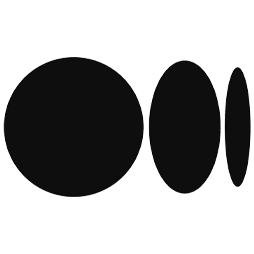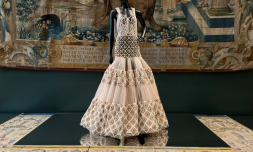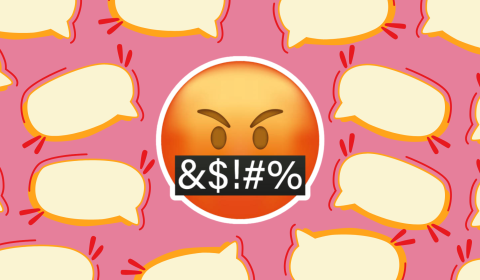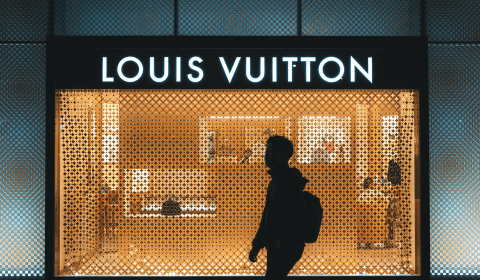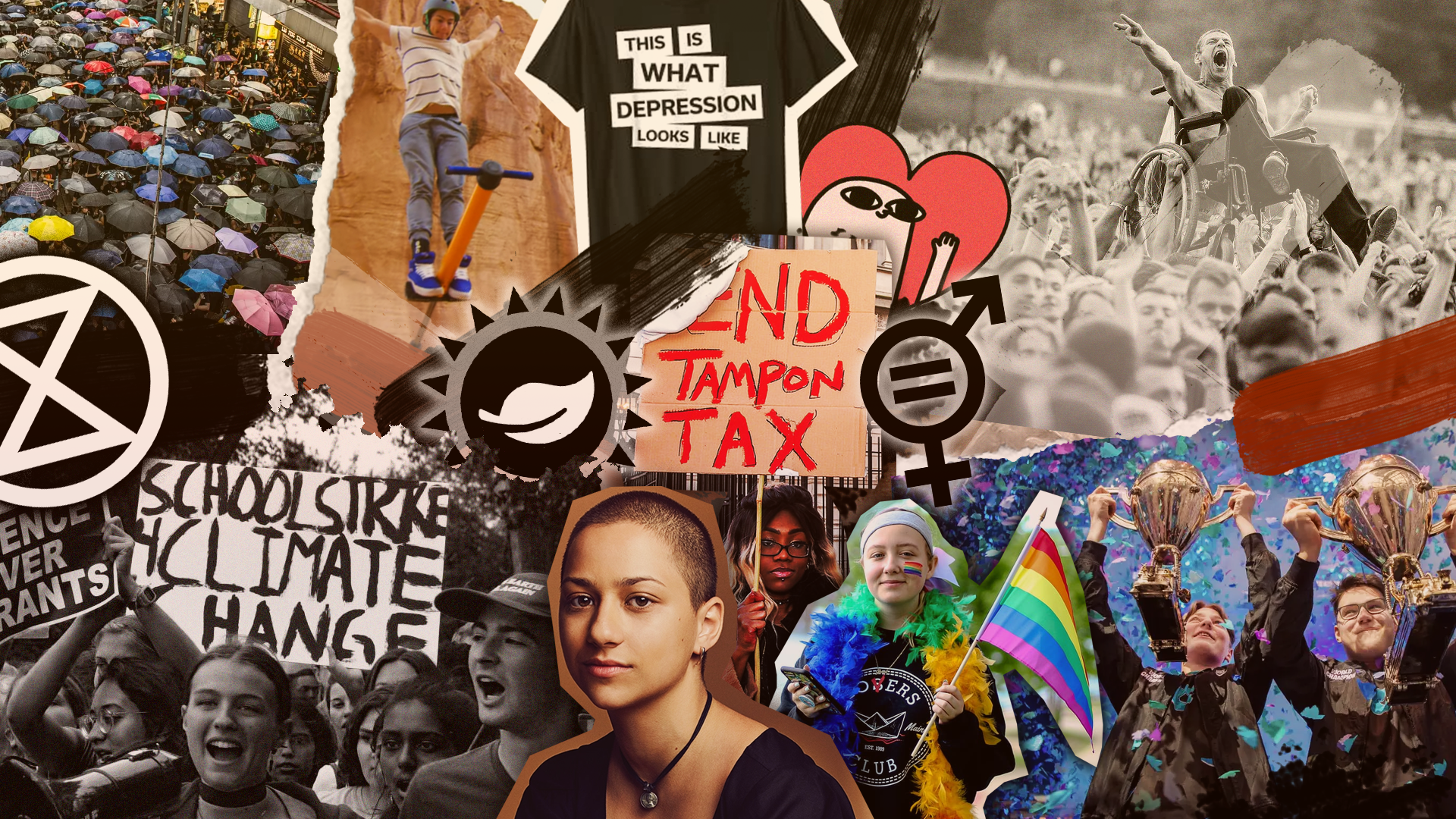Uman Kamani, PLT’s founder, told Drapers, ‘I think what happened with the brand for a couple of years is we stopped listening. And that’s where the brand lost its identity. In coming back, what I’ve tried to do is to clean everything up and redefine ourselves.’
Overnight, the company’s Instagram has been wiped of the memes, miniskirts, and tiny tops it was once synonymous with. Baby pink hues have been replaced by a deep burgundy tone and an aesthetic consumers are likening to the ‘clean girl’ and ‘old money’ aesthetics.
The move has been labelled a venture into ‘quiet luxury,’ a complete 180 from the brand identity PLT – a fast fashion powerhouse – has been known for across the last decade.
‘Before, we would focus on getting the product on site at the absolute cheapest price we could,’ continued PLT CEO, Kamani. ‘What we’ve done now is not to focus on having a dress on site at £4, but having a dress that’s thicker, not see-through, and a better fit.’
Looking at the product range of today, PLT dresses indeed cost a lot more. They now sit at around £50-60 and come in a smaller range of colours – beige, brown, grey, whites – a far cry from its previous loud and colourful collections.
It’s a ‘legacy in progress’ that ‘celebrates our customers’ evolving style’, CEO Umar Kamani recently said in an interview with Steven Bartlett.
While some customers are excited about what PLT might offer in the months to come, the vast majority have been left scratching their heads.
Already, the brand has been slammed by consumers who have called the new look ‘boring’ and are asking for PLT’s fun, pink aesthetic to be reinstated.
Many have suggested that the ‘old money, clean girl aesthetic’ is unoriginal and overdone, making PLT seem like every brand out there, only with lower quality clothing.
Comments read: ‘Its giving ZARA and nowhere near ZARA’ and ‘All you’ve done is copy molly maes entire brand aesthetic (and price point) all whilst still using 95% polyester ??? Boring’.
Those who have remained loyal to PLT over the years comment that they shopped with the retailer for ‘going out’ clothing and daring silhouettes that they could not find elsewhere. They’ve labelled this new aesthetic ‘business casual’ that they ‘did not ask for’.
Consumers aren’t stupid. Most aren’t trusting that PLT will actually improve the quality of their clothing in order to match these new, higher price points.
Instead, many have commented that PLT had now become yet another brand that has shifted away from being ‘affordable’ and ‘accessible’.
Others have been quick to call out the brand for framing the new collections as ‘quiet luxury’ when every item is primarily (or entirely) made of polyester, essentially plastic, just as their old products were.
Not to mention, the new ‘rebranded’ products are on sale with a 20-40 percent discount code… from the outset. Which ‘luxe’ brands do you know of that do this?
The reality is, the customers that fell in love with PLT back in 2012 have grown up, but the vast majority of them have fallen out of love with fast fashion.
They are no longer looking for a new outfit every week, trading cheap prices and novelty for pricier, timeless quality pieces that they will wear for years.
PrettyLittleThing may have changed its logo, colourway, and overall aesthetic, but it has a lot of work to do if it wants to clean up its brand image while competing with other brands that meet the above criteria.
The ethical fashion index GoodOnYou has called PLT ‘pretty on the surface’ but flags that ‘things get a little murky as you go down the supply chain.’ The website scored PrettyLittleThing’s efforts as ‘Not Good Enough’ due to its lack of positive action for people, the planet, and animals.
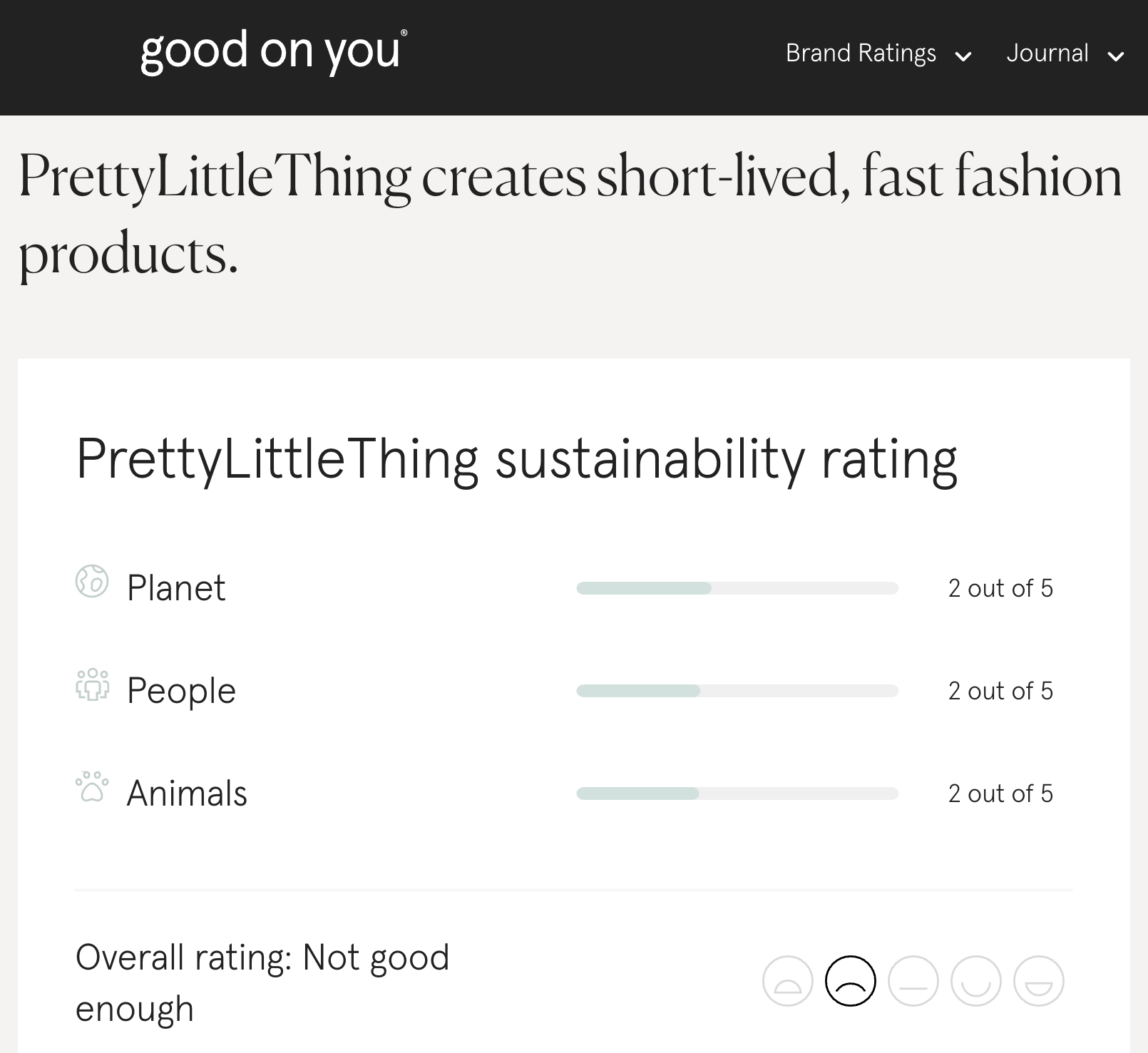
The Good Shopping Guide echoed this rating, stating ‘Pretty Little Thing scored poorly for the Environment, Animals, and People, partly because it is a fast fashion company and commits all kinds of ethical infractions.’
Beyond making a mammoth-like effort to convince its customers that this new PLT is worth spending their money on, the brand will have to answer a slew of questions about its supply and manufacturing processes, as well as others about ethical practices.
And although the ‘legacy in progress’ slogan is an attractive one that suggests change is taking place within the brand, it’s anybody’s guess whether actual progress is being made in terms of quality control, sustainability, and ethical practices.
Will PLT’s new aesthetic push it back into profit-making territory or is it only a matter of time before the brand is gone for good?







